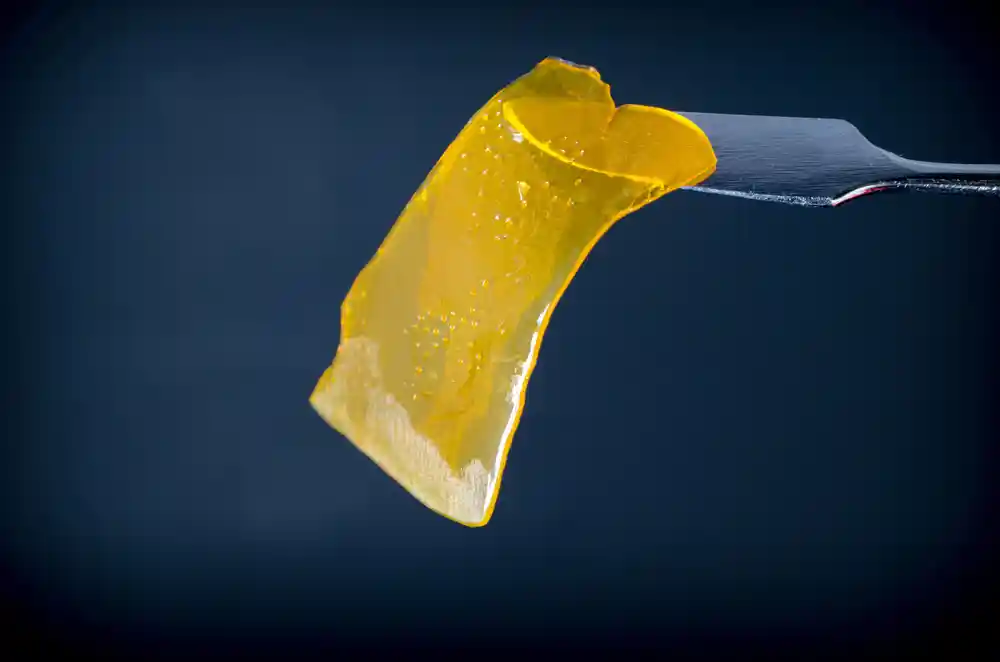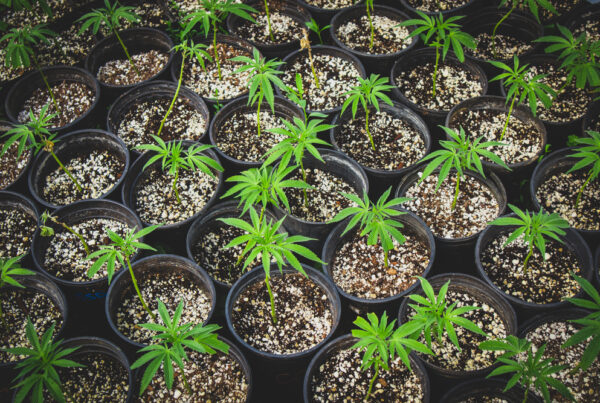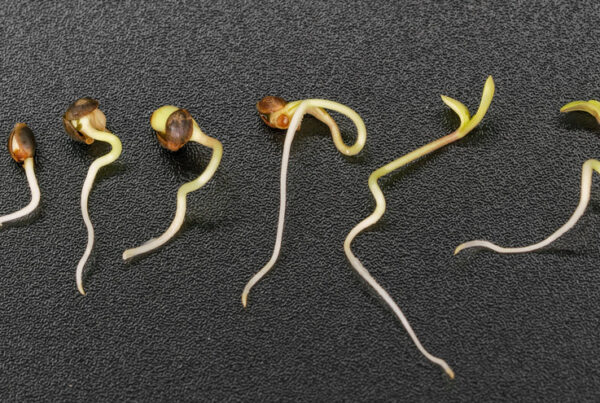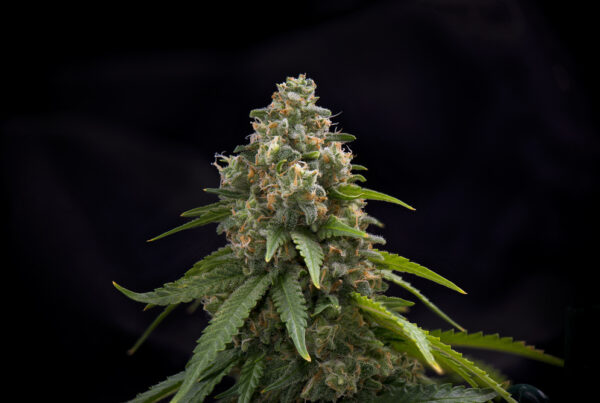Today, there are literally hundreds of different cannabis strains to choose from, and new ones are being developed by the day. This may make it hard to know which is right for you, but no need to worry! In the interest of informed use, Planet 13 Dispensaries is pleased to present you with this reliable guide to everything you ever wanted to know about the tasty cannabis strain known as Dutch Treat.
How are Cannabis Strains Made?
When we tell you that the number of cannabis strains runs into the hundreds, we’re honestly not exaggerating! According to the National Institutes of Health Library of Medicine, there are close to 700 individual cannabis strains, and they all derive from a mere three subspecies: cannabis indica, cannabis sativa, and the lesser-known cannabis ruderalis.
As MedicalNewsToday explains, strains are the result of crossbreeding. Also known as cultivars, cannabis strains are carefully bred to boost specific traits, including potency, appearance, aroma, and psychoactive effects.
During the 1960s, several feral strains not developed by human cultivators began making their way around the world. Known as landraces, these naturally-occurring hybrids included Panama Red, Acapulco Gold, and Durban Poison, explains Leafly. Growers inspired by such wild crossbreeds eventually learned how to genetically blend sativa and indica to create the high-potency cannabis buds and plants we enjoy today.
Origins of the Dutch Treat cannabis strain
Although it’s one of the most popular cannabis strains in Amsterdam today, Dutch Treat actually hails from the Pacific Northwest. Some give credit to a Canadian grower named Jordan of the Islands with developing an indica-dominant Dutch Treat strain while others offer kudos to Washington-based Western Cultured for creating Dutch Treat buds that lean heavily toward sativa. In fact, the chemical profiles of Dutch Treat can vary, depending on the individual grower.
Alternatively called Dutch Crunch, Dutch Dream, and Dreamcatcher, Dutch Treat combines the best features of Haze sativa, Skunk hybrid, and Northern Lights indica. Whether indica-dominant or sativa-dominant, Dutch Treat typically delivers a higher-than-average concentration of good-old tetrahydrocannabinol, or THC.
Flavors and aromas of Dutch Treat cannabis
The predominant aromatic terpenes in Dutch Treat are floral-scented terpinolene, citrusy limonene, flowery ocimene, and spicy caryophyllene. Other terpenes that lend flavor and aroma to Dutch Treat are musky myrcene, woodsy linalool, herbal pinene, hoppy humulene, and minty phellandrene, explains Hail Mary Jane.
Cultivation characteristics of Dutch Treat
Short and stocky Dutch Treat plants require fairly minimal care and are resistant to many pests and diseases. Due to its hearty nature, Dutch Treat is one of the easiest cannabis cultivars to grow, indoors or outside, making them an excellent choice for those who want to start growing at home and start with a strain that isn’t too difficult.
Visual Characteristics to Dutch Treat include:
- Dense, sticky buds
- Orange pistils
- Stout plant around 30 inches tall
- Vibrant green colas with plentiful trichomes
The high-yielding plant offers compact, sticky buds and does best at temperatures between 68 and 80 degrees, especially when humidity is kept low. Primary required nutrients include nitrogen, phosphorus, and potassium along with lesser amounts of calcium, sulfur, and magnesium.
During the grow cycle, Dutch Treat appreciates 18 hours of light and six hours of dark per day. Once it enters the eight-to-nine week flowering cycle, 12 hours of light and 12 hours or darkness are ideal. To encourage bigger buds, growers typically trim the leaves off the lower half of the plant, says Way of Leaf.
Effects of Dutch Treat
Due to its high concentration of THC, indica-dominant Dutch Treat provides a deeply relaxing body high with just enough sativa to keep things intellectually euphoric.
Said to be helpful with insomnia and anxiety, Dutch Treat may induce couch-lock, especially in inexperienced users. According to AllBud, this tasty strain may also support persons dealing with a range of troubling conditions, while more empirical data shows that Dutch Treat may help with:
- ADHD
- Chronic pain
- Depression
- Fatigue
- Neuropathy
- PMS
- PTSD
- Stress
In a survey conducted by Marijuana Guides, cannabis aficionados partial to Dutch Treat, via smoke or in edibles, reported feelings of:
- Boosted focus
- Depression reduction
- Elevated mood
- Euphoria
- Happiness
- Pain reduction
- Relaxation
- Stress reduction
Unwanted side effects
The less-than-delightful side effects reported by Dutch Treat users include dry mouth, red eyes, dizziness, and headache. To avoid these, simply start slow until you understand how Dutch Treat or any other cannabis strain affects you personally, as cannabis does vary from person to person.
Ways to enjoy Dutch Treat
As with all other cannabis plants, Dutch Treat may be enjoyed in a wide variety of forms. Smoking the dried flower by way of a joint rolled in paper or via a pipe, bong, or blunt are the classics. Dutch Treat can also be used to make vapes, edibles, and concentrated extracts like as wax, shatter, crumble, and oils.
Descendants of Dutch Treat
When Dutch Treat was developed, that was far from the end of it. Today, there are a number of equally-amazing derivations that breed Dutch Treat with other cannabis strains:
Dutchberry
Developed by Artizen Pot in Lacey, Washington, Dutchberry is a crossbreed of Dutch Treat and DJ Short’s Blueberry. The cannabinoid profile of this brilliant cultivar offers around 27% THC balanced with a generous 8% of some therapeutic CBD. Described by users tasting as earthy and fruity, Dutchberry is ideal for getting comfortable and unwinding after a long day.
Dutch Crunch
Spicy and herbal with notes of pine and pepper, Dutch Crunch combines the best features of sativa-dominant Jack Herer and indica-forward Dutch Treat. The result is a delightfully aromatic and highly stimulating strain that is said to offer a tingly buzz that encourages lively conversation. As Marijuana Guides explains, Dutch Crunch often inspires arousal, so this strain’s a fun one to share with someone special.
Dutch Hawaiian
Sweet and limey, Dutch Hawaiian unites Dutch Treat with pure Hawaiian sativa to produce a cerebral buzz that doesn’t put you in a couchlock for the duration. This island sativa imparts a peachy aroma with slight whiffs of tobacco and menthol, according to Leafly.
Sugar Calyx
Piney and sweet with happy, long-lasting relaxation, Sugar Calyx is the result of crossbreeding Dutch Treat with Grape Calyx. The DNA of this strain is rather remarkable, with ancestors including Durban Poison, SFV OG, and Platinum Girl Scout Cookies.
Ready to place an order?
If you’re in Las Vegas, age 21 or older, and feel intrigued about Dutch Treat or any other cannabis strain, Planet 13 Dispensaries has got you covered. Browse our extensive selection of flowers, concentrates, edibles, and place your order.
For an easy minimum order of $50, Planet 13 offers free local delivery from 10 a.m. to midnight. Prefer curbside pickup? We can do that, too. Order in advance, make sure everyone in the vehicle is at least 21 or older, and you can pick up your order any day of the week from 9 a.m. to midnight.
For details about payment options and/or driving directions to Vegas’ largest 24-hour dispensary, give us a call at 702-815-1313.






